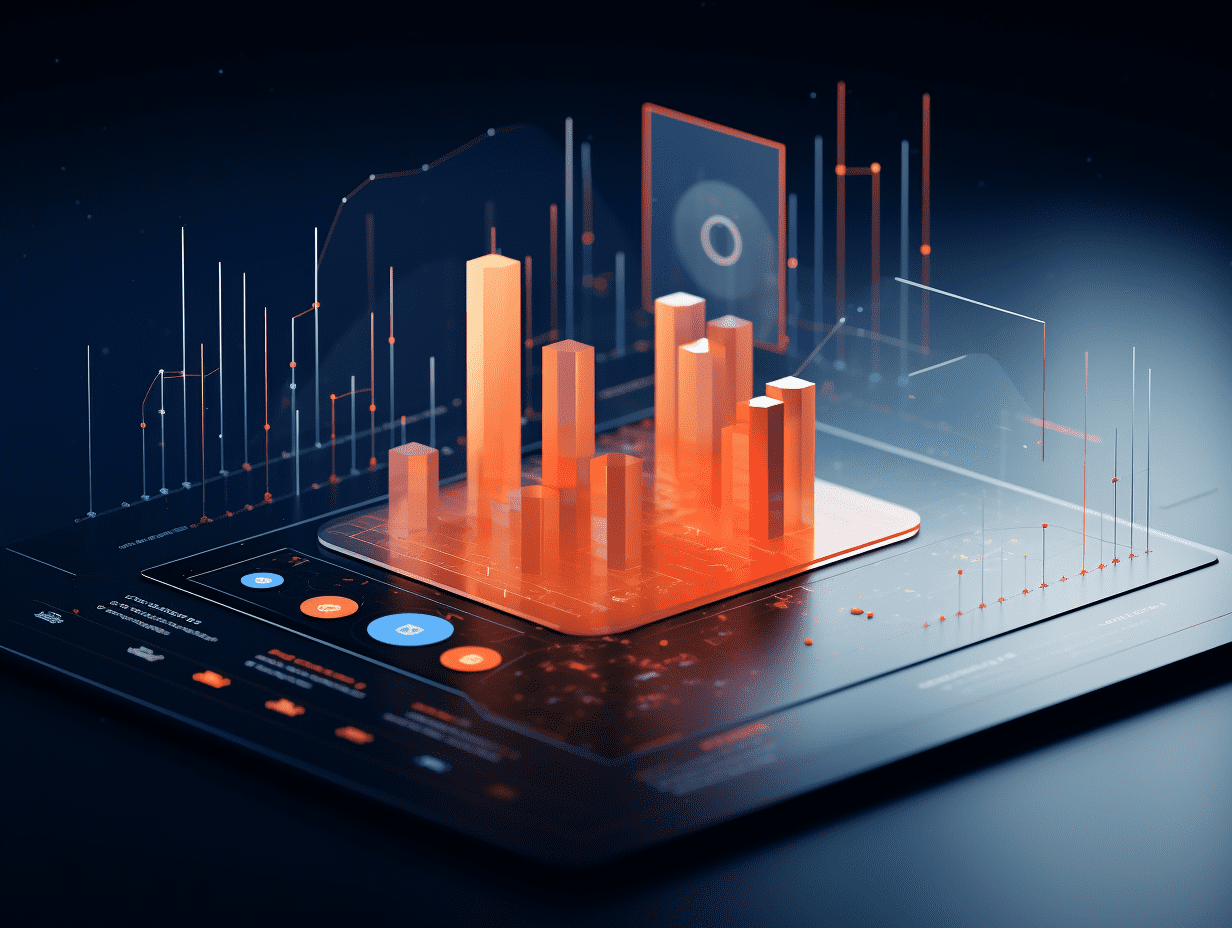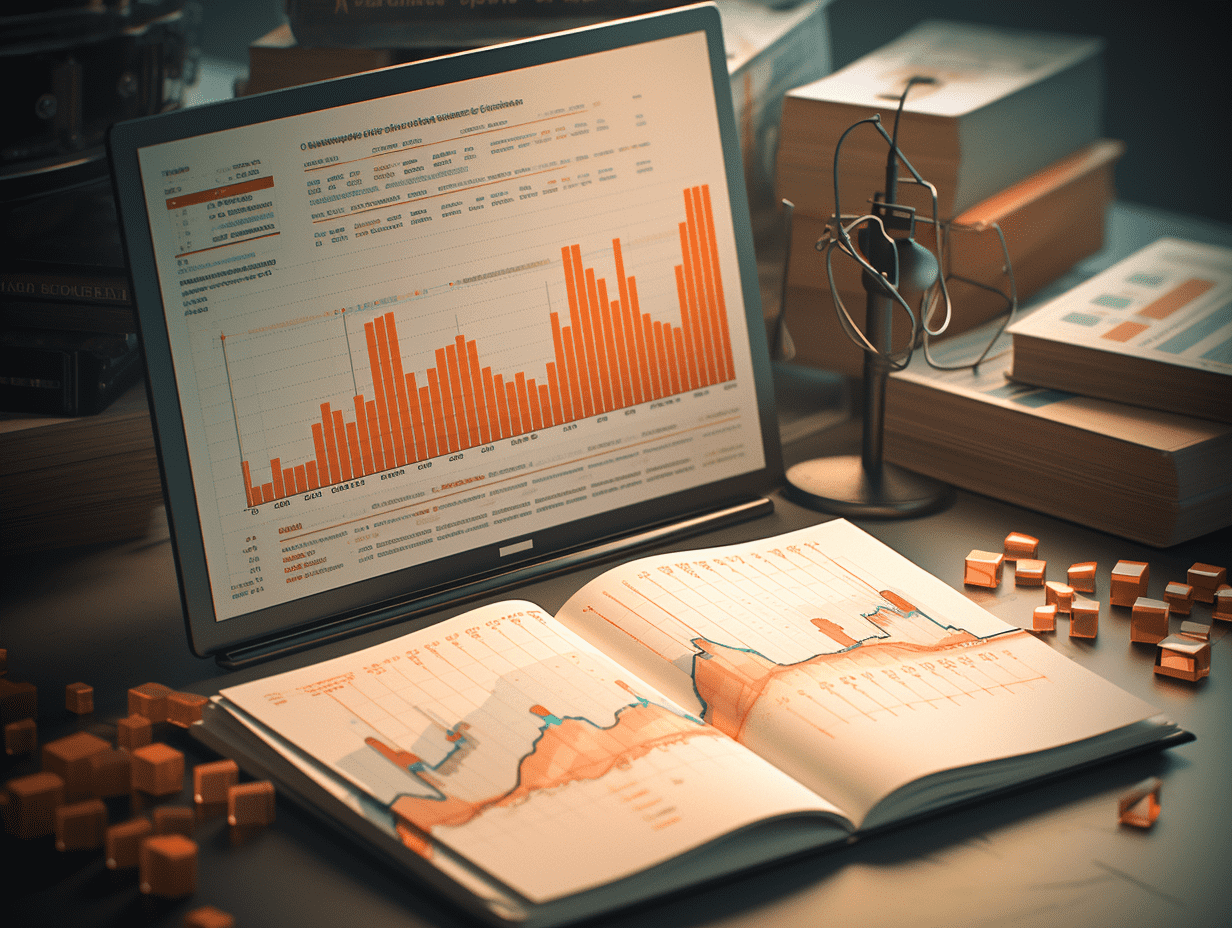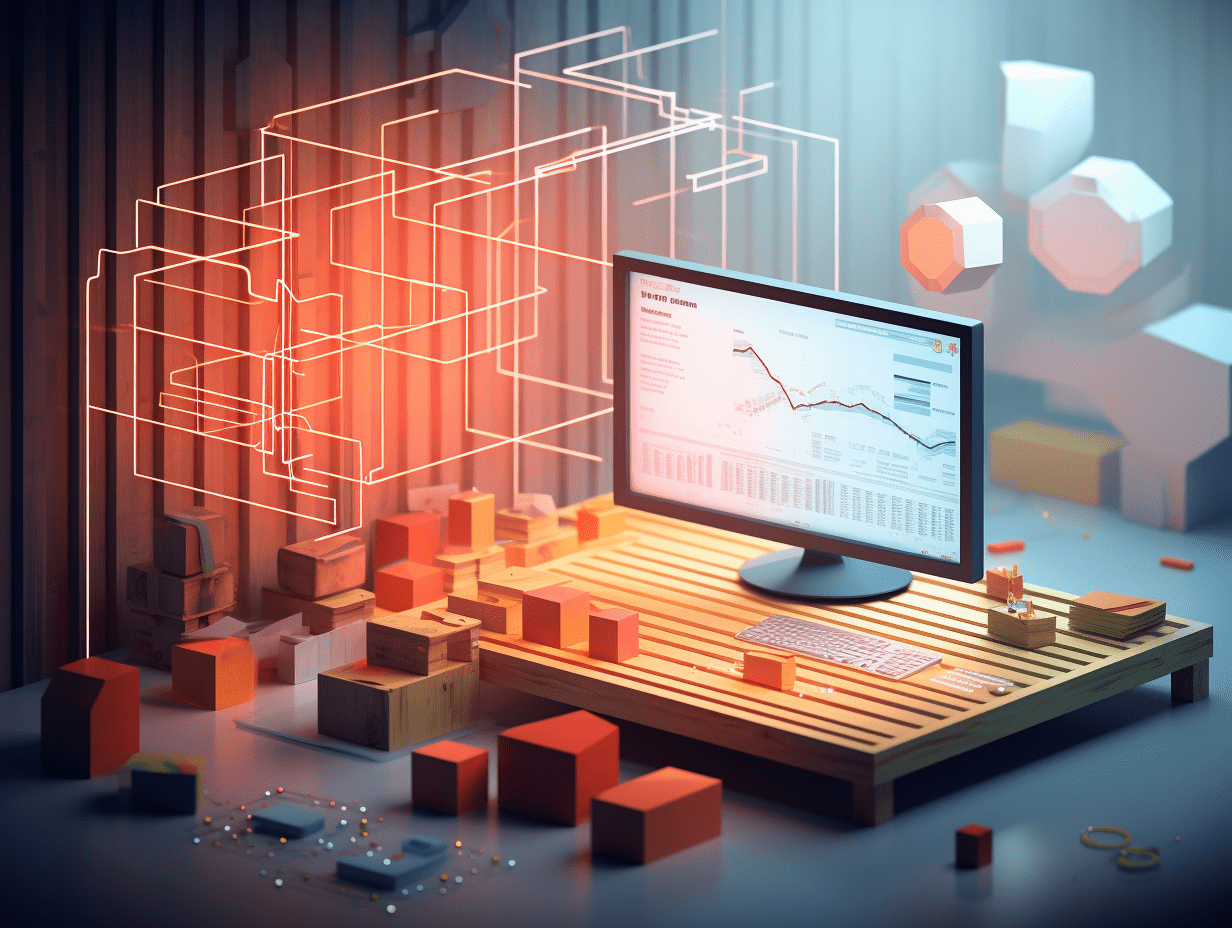TACO guards the body, the US stock market is fearless of wind and rain, will the financial report season create another wave?
"TACO" strategy sweeps the globe: Trump again threatens tariffs, but the market responds with historic highs.
Long-time Wall Street bulls are becoming increasingly immune to negative factors such as Trump's tariffs, and these global largest-scale bullish forces are showing unprecedented resilience to negative impacts.
Inflation panic, global market meltdown caused by tariffs, and geopolitical crises in the Middle East have successively struck this year, but these crises were quickly resolved and global stock market pricing shows that these negative impacts cannot shake the AI-driven "long-term bull market trajectory". At this point, it is difficult to imagine what else could make investors feel uneasy, especially with the looming threat of Trump's "Tariff 2.0" failing to shake the investor community. After all, investors have mastered the "TACO" strategy and are betting that the upcoming earnings season will show an unprecedented AI boom continuing to drive the tech stocks higher, leading to new record highs in the stock market.
Seasoned Wall Street bulls are increasingly difficult to scare off by factors such as Trump's tariffs, as the world's largest long positions have an unprecedented tolerance for negative impacts.
The recent global risk asset frenzy is an example: despite President Donald Trump escalating threats against major trading partners such as Japan, Brazil, and even considering imposing a 35% tariff on Canadian goods and a 50% tariff on copper, Bitcoin soared to 118,000 USD, setting a new all-time high, while the volatility in the US bond market cooled down. The MSCI global stock index and the S&P 500 index once again hit record highs, and global retail investors once again made high-risk bets.
This resilience, developed after facing major threats repeatedly, remains strong - even when the prospect of a new round of trade conflicts led by the Trump administration is viewed optimistically by the market, turning to buying across multiple asset classes.
Jamie Dimon, CEO of J.P. Morgan, describes this as complacency. But for traders who have profited handsomely from investments in cryptocurrencies, large tech giants, leveraged ETFs, and commodities benefiting from tariffs, the current situation feels more like a "victory parade".
"We fully believe that the recent rise in stocks, cryptocurrencies, and other risk assets is rational," said Max Katner, Chief Multi-Asset Strategist at global banking giant HSBC. "Not only stocks, but almost all risk assets are rising. In fact, investors are still underweighting risk assets and fighting against the trend."
As the upcoming earnings season approaches next week, investors and traders generally believe that with the strong performance and optimistic outlook of leading tech giants and companies in the AI industry chain, the US stock market has the potential to continue hitting new highs, especially with the "Big Tech Seven" dominating the S&P 500 and Nasdaq 100 indexes poised to lead the way in stock gains.
Continued high tolerance for risk
Although indicators predicting market pressure continue to rise, traders are becoming increasingly difficult to scare off. Bloomberg's Global Trade Policy Uncertainty Index is on the rise, just like the "super sell-off" in global financial markets in April and in the months prior.
Cross-asset volatility remains low - the market continues to remain stubbornly calm in the face of the latest negative trade news.
The latest market data shows that bullish sentiment for risk assets is strong, while cross-asset volatility remains low - suggesting that the path for future risk assets is likely to continue upwards. The S&P 500 index closed on Friday just below its all-time high, and the risk premium for US corporate bonds has been hovering at its lowest levels this year.
In addition, inflows continue into Bitcoin exchange-traded funds (ETFs). Volatility indices have collectively weakened, with market volatility measures hitting their lowest levels in nearly three and a half years. Turmoil in the oil and gold markets has also decreased.
However, even as Trump warned this week that if countries fail to reach an agreement, new and higher tariff rates will come into effect on August 1, the S&P 500 index still hit historic highs under the leadership of tech giants.
"The market tends to ignore any event - including tariffs, and even brief conflicts in the Middle East," said Josh Kutin, Head of North American Multi-Asset at Columbia Threadneedle Investments. "If the market is not showing an overall negative reaction to these issues, I find it difficult to see the market turning bearish in the short term."
Kutin notes that when the market reacts strongly to trade policy, the US government often backs down, which keeps him cool and waiting for tactical buying opportunities. Multiple portfolio indicators continue to signal bullish positions - strong market momentum + low volatility. Despite the seemingly elevated levels of the S&P 500 index, he believes there is still room for further upward movement.
"TACO" trading: Market betting on Trump's eventual concessions
Kutin's bullish view, along with Katner's from HSBC, reflects the increasingly popular trading strategy on Wall Street known as TACO (Trump Always Chickens Out): traders bet that either the US government will retract tariff threats or that even if implemented, they will not be as harsh as Trump has threatened and will not significantly drag down the US economic expansion.
In any case, even though this week Trump announced tariff rates above 10% for more than a dozen countries, the market sentiment remains bullish.
The term TACO was coined by a columnist at the Financial Times to describe Trump's vacillation on tariffs following his "Liberation Day" speech on April 2, with a prediction that he would eventually back down and the stock market would rally. When asked about "TACO" at a press conference, Trump became furious, calling the question "malicious".
The "TACO" strategy has now been widely adopted by traders and is the hottest trading strategy at the moment. Whenever Trump issues new, more aggressive tariff threats that lead to market sell-offs, investors bet that he will ultimately back down or that the actual policy implemented will weaken substantially compared to Trump's verbal threats, leading them to buy at opportune lows and bet heavily on a significant market rebound shortly thereafter.
Based on the "TACO" strategy, despite Trump's announcement that tariffs on the EU could reach as high as 50% and threats this week to increase tariffs on steel, aluminum, and even copper that the US has long relied on for imports to 50%, the market did not experience significant downside volatility. Instead, it experienced only slight fluctuations before starting a new rally under the influence of buy-the-dip forces.
Trump this week applauded tech and industrial stocks reaching record highs on his social media and praised the frenzy in cryptocurrencies. Such bullish market confidence, sharpened in an environment that repeatedly punishes doubters, is causing some in the investment community to feel uneasy.
"Investors are actually too confident in the idea that 'Trump will always concede'," said David Lebovitz, Global Multi-Asset Strategist at J.P. Morgan Asset Management. "The market seems to be testing the limits to see how far it can push risk before it begins to crack."
As trade policy uncertainty resurfaces this week, J.P. Morgan's Dimon also warns that the market's continued bullish outlook is contingent on a preliminary framework being reached between the US and Europe, and the probability of an unexpected rate hike by the Federal Reserve is much higher than the market consensus.
"Ran too far." said Christina Hooper, Chief Market Strategist at Invesco. She recommends reallocating to markets with more attractive valuations and greater diversification, such as Europe, the UK, and Chinese stocks. "When stock pricing is nearly perfect, disappointment is more likely to occur."
Upcoming earnings season expected to add fuel to new highs in US stocks
However, with strong momentum, some bulls insist that it is wrong to hinder such a strong market trend.
Katner continues to overweight US stocks, saying that if the tariff mishap this week is pulled back, it could become a catalyst for the bulls; a weaker US dollar, strong tech giant earnings data, and an upcoming earnings season could add fuel to the stock market. "We strongly oppose the 'complacency theory'. In the coming weeks, stocks and other risk assets are likely to continue to rise along the wall of worry."
Mary Ann Bartels, Senior Strategist at Sanctuary Wealth, known as the "Wall Street Oracle", recently stated that Artificial Intelligence (AI) will drive earnings growth and push the S&P 500 index to historic highs. She currently predicts that by the end of 2025, the US stock market will rise to 7000 points, an increase of 12% from the current level.
Bartels points out that winners in the US stock market will continue to be winners. She is not concerned about the market concentration of large tech companies. Bartels wrote, "Profit growth remains relatively scarce, concentrated mainly in the technology and tech-related industries, industrial, financial, and utilities industries benefiting from accelerating electricity demand."
She emphasizes that as major companies continue to invest billions of dollars in AI computing resources, networks, and storage infrastructure, the AI industry is still in its early stages. "Tech companies' profitability and ROE have always been the strongest, which is why money continues to be invested in these companies."
Driven by the unprecedented AI boom led by Nvidia, Microsoft, and Google, among other high-impact tech giants, the Nasdaq 100 index, considered the "global tech stock benchmark," continues to hit new highs with a more fierce bullish trend than the S&P 500 index. According to LSEG's statistics, the tech sector, led by Nvidia and Microsoft, is expected to achieve the largest year-on-year profit growth among the 11 industry sectors within the S&P 500 index in the second quarter: profits in the tech sector are expected to grow by 17.7%, while the communications services sector is projected to grow by 31.8%.
The recent surge in Nvidia's stock price, reaching a new high and becoming the first company in global financial history to reach a market value of $400 billion, undoubtedly came from the commitment of Nvidia's largest customers to increase their spending on AI computing infrastructure, showing a strong demand for Nvidia AI chips and high-performance AI server racks.
According to major Wall Street banks like Morgan Stanley, Bank of America, and global asset management giant BlackRock, earnings from companies like TSMC, ASML, and Ansys alongside Nvidia show that the investment theme in the surge of AI computing power remains the "strongest alpha" in the stock market - even as the export restrictions imposed by the US government on China and the new round of tariff battles initiated by Trump have failed to stop the surge in global AI computing demand led by Amazon, Microsoft, Alibaba, and Google.
(Note: This translation is a condensed and summarized version of the original text.)
Related Articles

Tracking the transmission process of tariffs: Where does the wool fall on?

Copper market thunderstruck! Trump's proposed 50% copper tariff to be extended from semi-finished products to refined copper.

Countdown to the EU-US trade agreement that affects the rise and fall of global stock markets, key game point on "cars and grain"
Tracking the transmission process of tariffs: Where does the wool fall on?

Copper market thunderstruck! Trump's proposed 50% copper tariff to be extended from semi-finished products to refined copper.

Countdown to the EU-US trade agreement that affects the rise and fall of global stock markets, key game point on "cars and grain"






